Different Types Of Coffee Beans
Your barista enthusiastically offers you a new coffee they just got in, a wonderful Arabica bean.
How do you react? Perhaps you can’t help but ask yourself if the different types of coffee beans really matter. Is that truly going to make your morning coffee any better?
Yes! Knowing about the types of coffee beans makes a huge impact on your coffee enjoyment because one type of coffee bean can be radically different from another. You may love one and hate the other.
In this article, we reveal what you need to know about the four main species of coffee beans to help you discover what you’ll love.
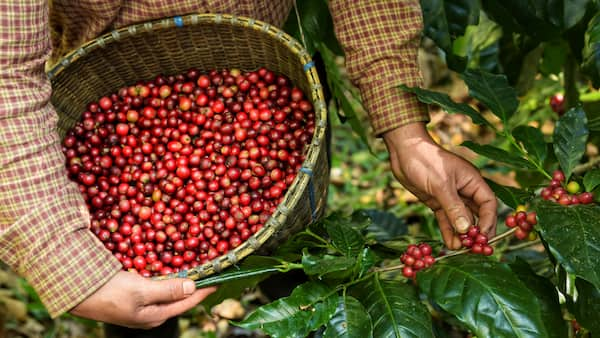
The 4 Main Types Of Coffee Beans
To understand the types of beans and how they got their names, let’s talk about a few coffee basics. Coffee is originally from Sub Sahran Africa. From there, it spread into the Middle East and Asia, then over to the Americas.
All coffee is grown in an area called the Bean Belt, which is a specific area just above and below the equator. In that area, the temperature and climate are ideal for growing coffee.
A good thing to keep in mind is that when we talk about types of coffee beans, we’re actually talking about coffee species. There are hundreds of coffee species, and each one is a bit different. For commercial use, only four species of coffee are generally used.
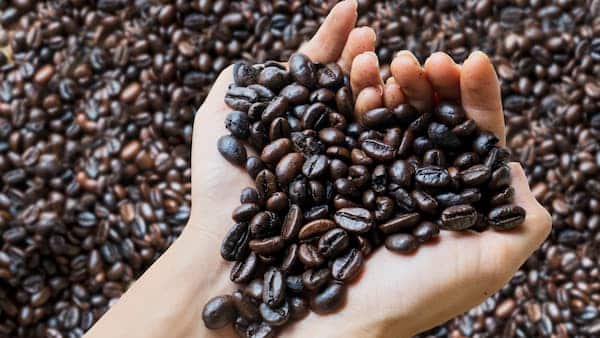
Some coffee plants may be taller or shorter, bushier or leaner. The fruit, called a cherry, comes in a variety of colors when ripe: red, orange, or yellow cherries are common. The tastes can vary from light and tea-like to heavy and bitter.
Are you asking yourself if coffee is truly a bean? Well, no, it’s not. It’s actually the seed of a fruit. The seed is removed from the ripe fruit, dried, and roasted, and that’s the coffee bean that we grind and brew into a delicious cup of coffee. So why do we call it a coffee bean? Simply because a roasted coffee seed looks quite a bit like a bean.
Arabica Coffee
Arabica beans are the type of coffee that people most hear about. There’s a reason for the fame. Arabica, known by the scientific name Coffea Arabica, is known for producing higher quality coffee beans with better tastes in the cup. That’s why Arabica beans account for over 65% of all coffee grown.
Where are the beans grown?
Nowadays, Arabica is grown all around the globe. It is a bit finicky about where it will thrive, though. It needs tropical mountains and altitudes of between 1,800 and 6,300 feet above sea level. That ensures cool but moderate temperatures all year round. Coffee pickers have to climb steep mountains to harvest the coffee by hand, which is one of the factors that makes Arabica beans more expensive.
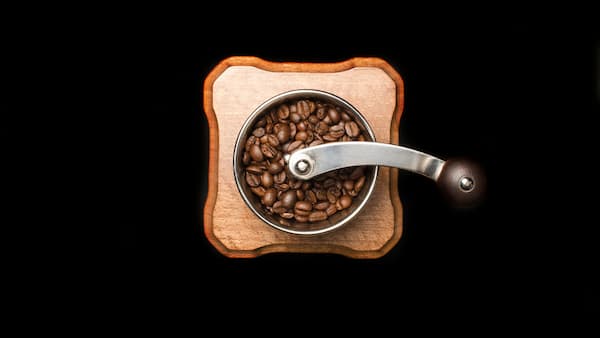
What does this type of coffee taste like?
Arabica coffee beans will wow you with a complex flavor profile, satisfying body, remarkable acidity, and exceptional sweetness.
Arabica beans can be strong, fruity coffees that pack a punch. You can find Arabica beans that are the total opposite: delicate, tea-like and floral. In Arabica beans, you might find a citrus-like acidity that thrills you or a sweet caramel flavor that comforts you.
Arabica coffee roasts can be anywhere from light to dark and have less caffeine. Whatever you’re looking for, Arabica beans can give it to you. That explains why Arabica coffee beans are generally the highlight at global barista and brewers championships.
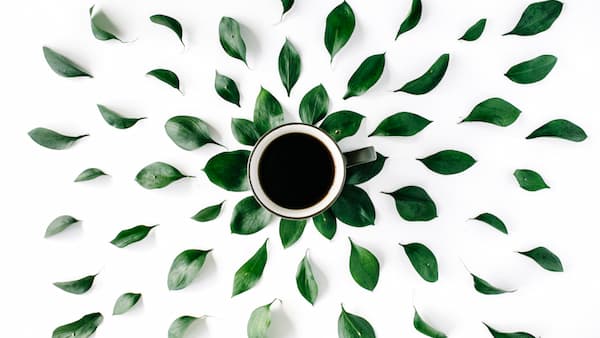
Robusta Coffee
The other common coffee species is Robusta, known by the scientific name Coffea canephora. It was given the common name Robusta because it’s a stronger, more robust plant.
Robusta is from Central Africa, and these days Robusta coffee beans account for more than 30% of the world’s coffee bean production. In fact, Arabica and Robusta coffee beans account for over 95% of the world’s coffee supply and production.
Where are the beans grown?
Robusta does well in warmer weather and at lower altitudes. It thrives as low as 600 feet above sea level.
It doesn’t need the mountains like its cousin Arabica does, which makes it easier to grow and harvest. On those level stretches of land where Robusta is planted, large farms can use machinery to harvest the coffee.
Robusta is also more disease-resistant, so the dreaded coffee plant diseases that have wiped out Arabica crops barely make a dent on Robusta. The plants are also high yield, so the farmer harvests more from each plant.
All of those factors make Robusta beans cheaper. With all those positive factors, you may be wondering why anyone would want to grow Arabica beans. After all, aren’t Robusta beans a better deal? Well, they are…until you get to the flavor.
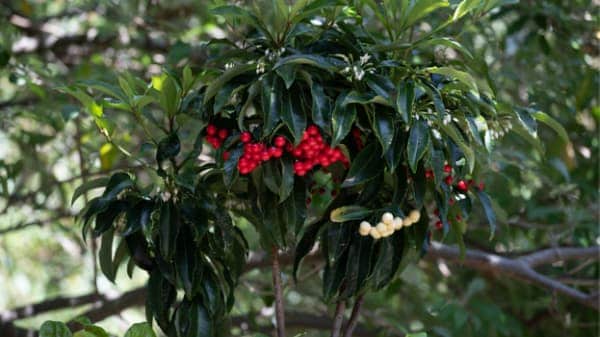
What does this type of coffee taste like?
Simply put, most Robusta tends to be bitter. The higher caffeine content in Robusta beans increases the bitterness. It doesn’t shine in the sweetness area, either. And those delicate, complex, fascinating flavors that you get in Arabica? Robusta beans generally don’t have them.
That’s why roasters will often roast Robusta beans dark and use them in coffee blends to increase body (and decrease costs), it’s also combined with condensed milk to cut through the bitterness in Vietnam.
However, the reputation of Robusta beans is starting to change. Specialty coffee growers around the world are working hard to improve growing, harvesting, and processing conditions to create a Robusta bean with a better flavor.
Good Robusta beans can create a satisfying, bold, chocolatey cup. Keep an eye on Robusta coffee beans because we expect to be tasting good things in the future.

Liberica Coffee Beans
Where are the beans grown?
You don’t have to guess where Liberica coffee, or Coffea liberica, got its name. It’s from Liberia.
Nowadays, Liberica coffee beans are almost exclusively grown in Southeast Asia. For instance, Liberica accounts for 70% of the coffee production in the Philippines. There, Liberica is called Barako, and you can find it on the international market.
Liberica coffee is a tall plant with huge leaves. It does fine at high temperatures and low altitudes. It’s disease-resistant, and pests find it difficult to bore through the fruit.
The extensive root system makes Liberica a survivor in times of drought. And the cherries are huge, almost double the size of Arabica cherries. When it comes to caffeine content, Liberica contains even less than Arabica beans.
With all those positives, why does it account for just 1% of commercially grown beans? Because when we talk about quality, it’s considered even below Robusta.
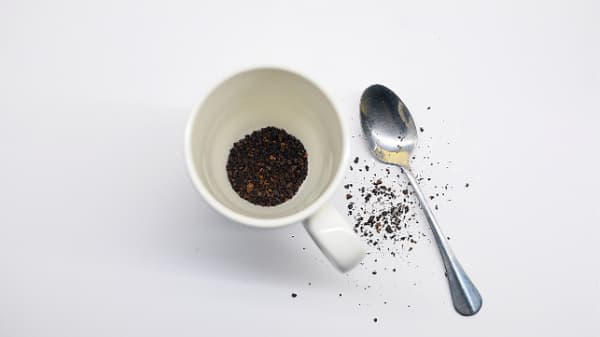
What does this coffee taste like?
While some prize Liberica beans for being particularly strong, internationally, it’s known for its bitter, metallic, or even rubbery flavor. They generally roast it dark and use it in coffee blends or for instant coffee.
So why are we mentioning it in this article? Because the times they are a changin’ for Liberica coffee. Specialty coffee farms are discovering the unusual or surprising flavors they find in Liberica coffee when they use the washed process.
We’re talking about a hint of citrus or floral tastes. Sweet mango or bananas. At times even a chocolate flavor.
This underdog of a coffee species is beginning to get the attention it deserves. And since it’s resilient in the face of climate change that threatens coffee worldwide, it might even be the future of coffee.
If you can get your hands on this rare coffee, don’t pass up the opportunity.
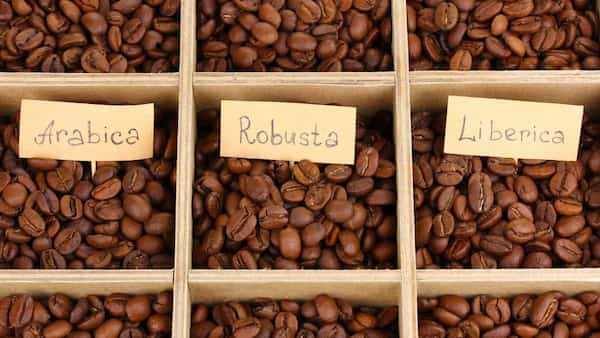
Excelsa Coffee Beans
Excelsa Coffee is mostly used for blends to add depth to coffee and a bit of complexity. While it was formerly considered a separate species, Excelsa is now classified as a variation of Coffea liberica. You’ll now find Excelsa called either Coffea excelsa or Coffea liberica var. dewevrei.
Where are Excelsa grown?
Excelsa, like its close brother Liberica, is also grown in Southeast Asia at a similar low altitude and higher temperatures.
What does this type of coffee taste like?
Tart and fruity, Excelsa coffee beans pack a punch with a dark flavor that lingers on. Be forewarned that the aroma of Excelsa coffee bean may not be all that pleasant. Get past the aroma, and you’ll taste those mysterious flavors that might win you over.
Summary
What coffee bean should you choose?
Perhaps Arabica beans that are tea-like and delicate are your game. Or a sweet and chocolatey Arabica coffee bean may be the one to thrill you. Or perhaps you’ll prefer the strong punch in Robusta beans. Or the rare tastes of Liberica or Excelsa beans.
The beauty of all these choices is that you can find exactly the flavors you’re looking for – or switch it up and experience the whole range of tastes in the world of coffee beans.
Remember, when it comes to types of coffee there’s no right answer – just preferences!

